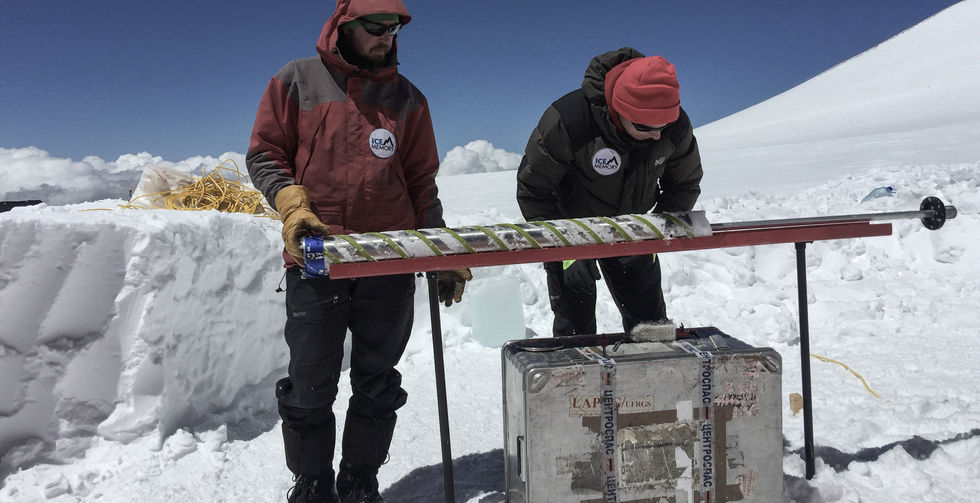
Courtesy of
Nelly Elagina
Ann Lesley BarTur Award
Nelly Elagina
DocDocDoc, school of documentary photography
Saint-Petersburg
Russia
2nd
Nelly Elagina was born in 1991 in Voronezh, Russia, and is currently based in Moscow.
Since 2017 she has been a young scientist and studies glaciers. All this time, she has been shooting a photo project and observing the change in glaciers under the influence of climate change.
Nelly is studying at the school of documentary photography (St. Petersburg, Russia). Also she shoots on the topics of religious denominations, and comprehension of death in different communities and particularly Russian funeral culture.
Ice
Caucasus, Russia; Moscow, Russia; Svalbard archipelago, Norway
2017 - 2021
Glaciers are one of the main indicators of climate change. A glacier forms in cold temperatures, where seasonal snow doesn’t melt during the year and then turns into ice year after year. Therefore the glacier consists of layers and contains the air of past times. By studying the composition of air and ice, it is clear how the climate has changed in the past — the dependencies of modern glaciation and climate, and by which scenarios our planet can be changed in the future. A relatively small group of scientists — glaciologists — study glaciers.
If talking about the northern hemisphere, the field season lasts approximately from April to September. At this time, glaciologists travel to those regions where the glaciers exist. These regions are usually mountainous or polar. Glaciologists measure the thickness of ice and snow, do deep ice drilling, measure the necessary meteorological parameters, and much more. The work is fraught with dangers, living in harsh conditions, with a certain willingness to freeze.
The action takes place on Greater Caucasus and Svalbard.
Greater Caucasus, Russia — a region with a large glaciation area of approximately 1400 km². The highest peak of Europe, Mount Elbrus has lost 20% of its volume over the past 20 years. The lives of local settlements depend on melt water, and the threat of catastrophic breakthroughs and mudflows has also increased. Currently the glaciers are rapidly shrinking.
The Svalbard archipelago is located in one of the most rapidly warming regions on Earth. It undergoes an increase in average summer temperature and duration of melt period, along with the impacts of early summer and late autumn rainfalls. Svalbard glaciers are expected to lose ~50% of their mass by 2100. Glaciers cover ~57% of the land area of Svalbard and year by year Svalbard loses ~8 Gt of water.












